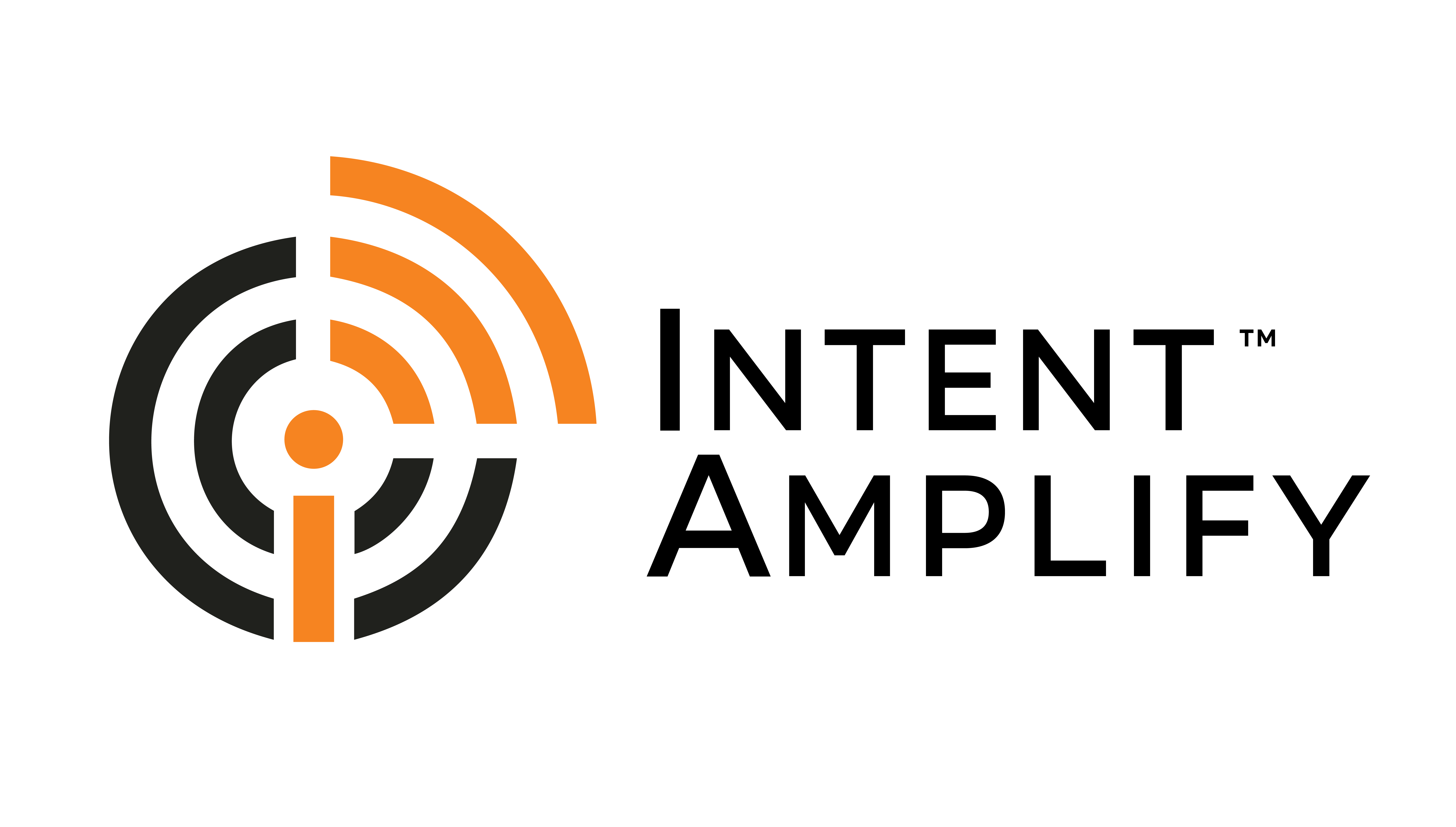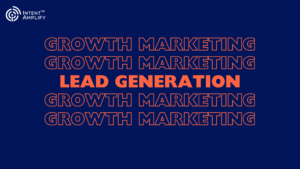
7 Types of Buyer Segmentation to Enhance B2B Customer Journey
A successful B2B strategy can be boiled down to three basics:
- Identifying a problem and the people facing it
- Supplying an apt solution
- Distinguishing yourself from the competition
But how do you effectively do that? The answer may lie in “Buyer Segmentation”.
What is Buyer Segmentation?
Buyer segmentation, particularly in B2B, is a strategic approach that recognizes the heterogeneity of the business market. It allows companies to move away from a one-size-fits-all approach and instead create targeted, personalized interactions with their clients. This is achieved by clubbing together ‘like’ audiences and providing services to them – like say, a WhatsApp group or a LinkedIn community.
By understanding the diverse characteristics and requirements of different segments, B2B businesses can optimize their marketing messages, sales processes, and product/service offerings to better resonate with and serve their customers. This, in turn, enhances customer satisfaction, strengthens relationships, and contributes to overall business success in the competitive B2B landscape. The result – business success!
In this blog, we’ll explore seven types of buyer segmentation that can revolutionize the B2B customer journey.
7 Types of Segmentation and Explanation
Up to a 50% increase in conversion rate can be achieved through buyer segmentation.
You must have shopped for clothes from a shopping app where you search for ‘T-shirts for men’ and you are presented with a list of 6,000 odd items to choose from. But you have an option of cutting down that overwhelming number to a more possible one based on your precise needs such as the brands you prefer to buy, the size, the color, the material, and even the price range. That’s how segmentation works. It aims to classify down to the details so that the presented results are relevant and the purchase decision is made easier and more likely to happen.
Likewise, B2B marketers segment their buyers based on at least 7 characteristics and traits. Let us take a dip into each of them.
- Demographic Segmentation
Demographics means the study of the human population. It’s an interesting type of buyer segmentation that involves categorizing buyers based on measurable attributes such as industry, company size, revenue, and employee count. For B2B businesses, understanding the demographics of their customer base is crucial. A software solution that caters to the needs of a small startup might not be suitable for a large enterprise. Demographic segmentation allows businesses to customize their offerings, ensuring they align with the specific requirements of different industries and company sizes.
- Firmographic Segmentation
Firmographics is to the organization what demographics are to people. Firmographics are descriptive attributes of organizations, companies, non-profits, governmental entities, corporations, or any other type of firm.
This type of buyer segmentation takes a closer look at the characteristics of the company itself. This includes factors like industry, location, structure, and market position.
It includes asking questions like
● What is your company’s industry?
● How many people are employed at your company?
● What best describes the growth status of your organization?
● What was the annual revenue of your company last year? And so on.
By understanding the intricacies of a buyer’s organization, B2B companies can tailor their messaging and solutions to align with the unique challenges and goals of different businesses. For instance, a marketing strategy that resonates with a multinational corporation might not be as effective for a local SME.
- Behavioral Segmentation
Behavioral segmentation involves analyzing how customers interact with products or services. In the B2B realm, this could include studying the purchasing patterns, decision-making processes, and usage behaviors of different businesses.
You may consider the following data points for your behavioral segmentation strategy:
● Date of the most recent website visit
● Last viewed webpage
● Cart abandonment status
● Duration before navigating away from your page after visiting
By identifying common behaviors within buyer segments, companies can create targeted marketing campaigns, streamline sales processes, and develop products that align with the specific needs and preferences of each group.
- Psychographic Segmentation
Psychographic segmentation allows B2B marketers to get into the heads of their audience and delve into the attitudes, values, and motivations that drive buyer behavior. Understanding the psychographics of B2B customers helps companies create messaging that resonates on a deeper level. It also helps marketers explore new audiences, find previously overlooked opportunities, and guide their customers into and through their unique buyer’s journey.
For example, a company that values sustainability may prioritize suppliers with environmentally friendly practices. By aligning with the core values of their customers, B2B businesses can build stronger, more meaningful relationships.
- Geographic Segmentation
Geographic segmentation involves dividing the market based on geographical location. In the B2B context, this could mean tailoring products or services to suit the needs of businesses in specific regions.
For instance, a company offering logistics solutions might customize its services to address the unique challenges faced by businesses in different locations. Geographic segmentation ensures that B2B companies are attuned to regional nuances and can adapt their strategies accordingly.
- Technographic Segmentation
In the digital age, understanding the technological landscape of your customers is essential. Technographic segmentation involves analyzing the technologies and tools that businesses use.
For B2B companies providing software solutions, this can be particularly valuable. Knowing the existing tech stack of a potential customer allows businesses to position their products as seamless integrations, making the adoption process smoother and more appealing.
- Needs-based Segmentation
Perhaps the most fundamental of all B2B segmentation types, needs-based segmentation focuses on the specific needs and pain points of different customer groups. B2B companies must identify the unique challenges faced by their customers and tailor their solutions to address these pain points effectively. By aligning with the specific needs of each segment, businesses can position themselves as indispensable partners in their customers’ success.
Conclusion
The competitive landscape of B2B transactions has made having a personalized and targeted approach imperative. The above types of buyer segmentations are keys to unlocking a deeper understanding of customer needs, preferences, and behaviors. By leveraging demographic, firmographic, behavioral, psychographic, geographic, technographic, and needs-based segmentation, B2B companies can revolutionize their customer journeys.




